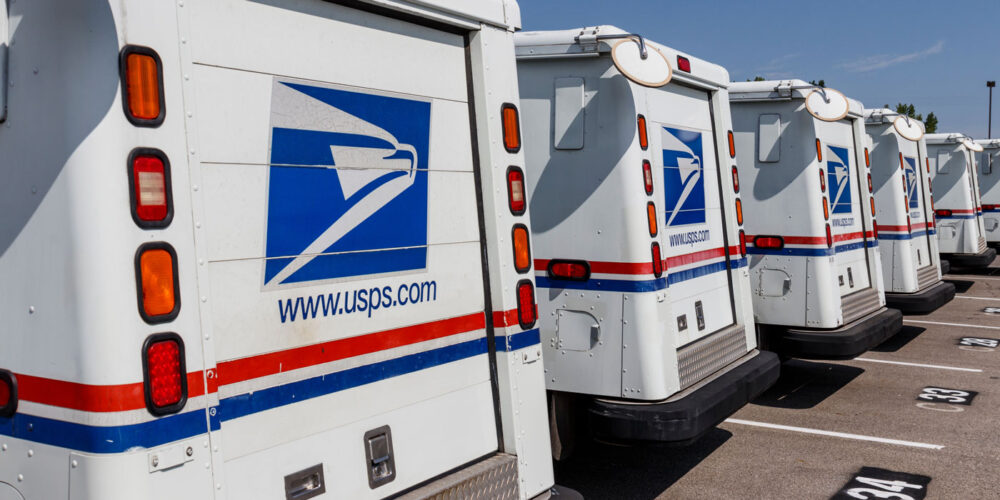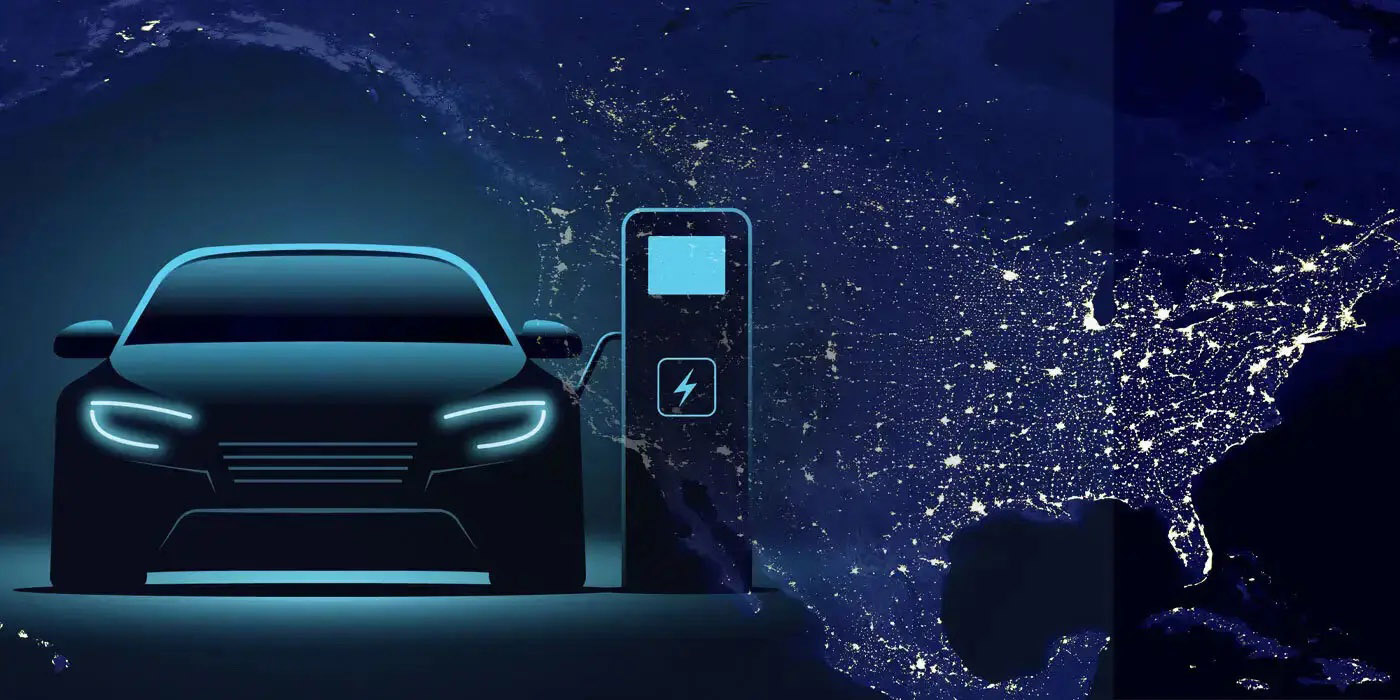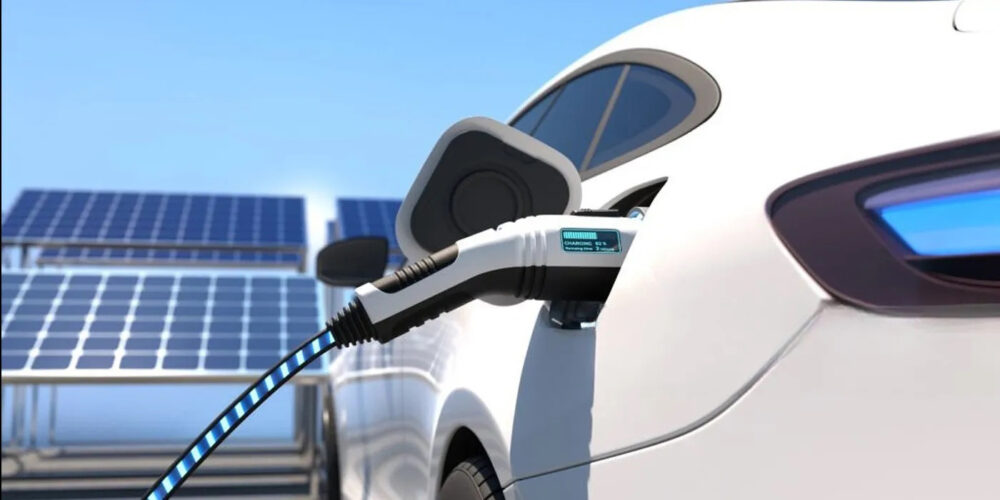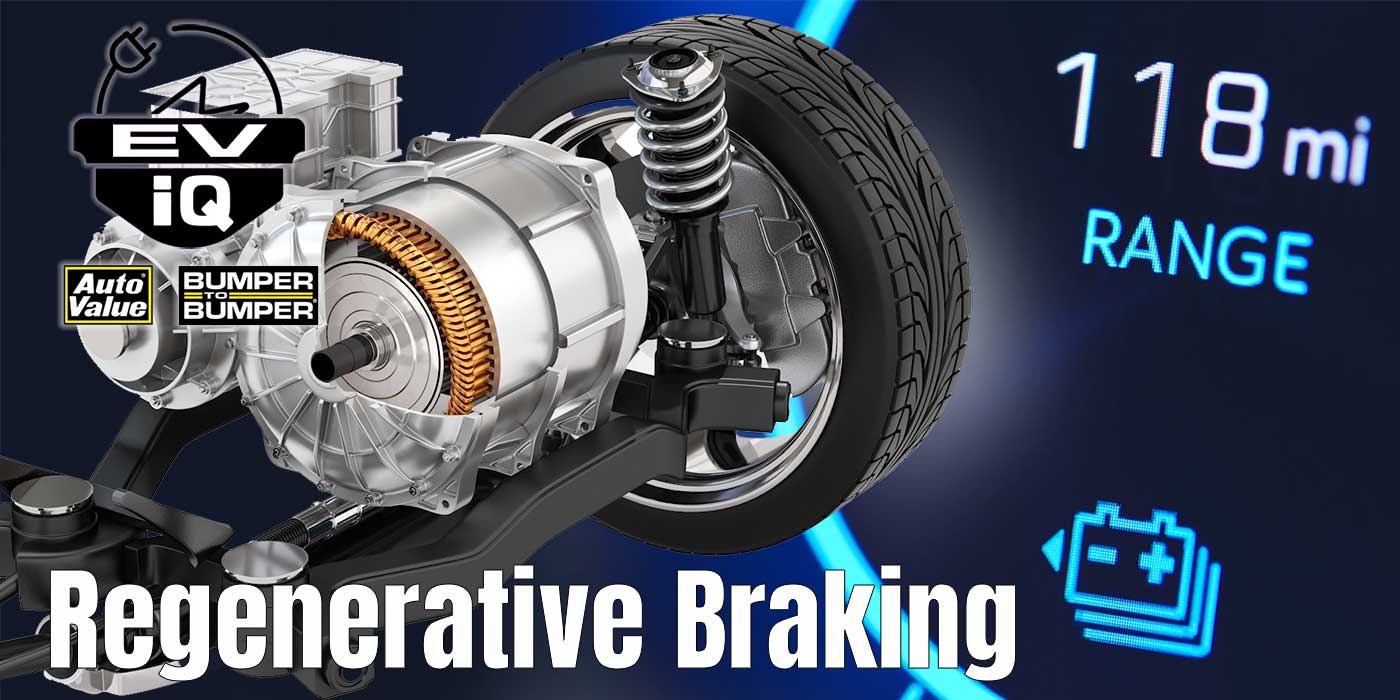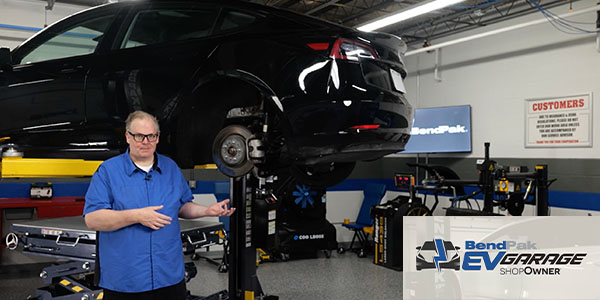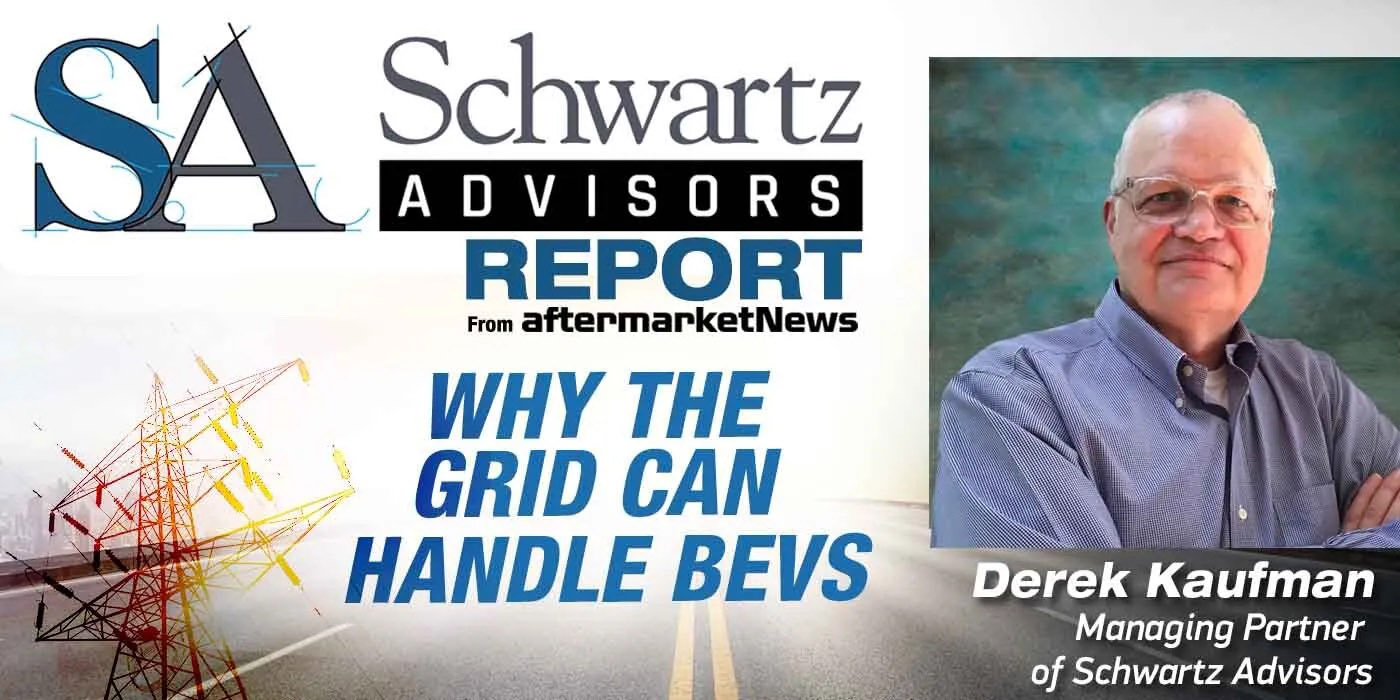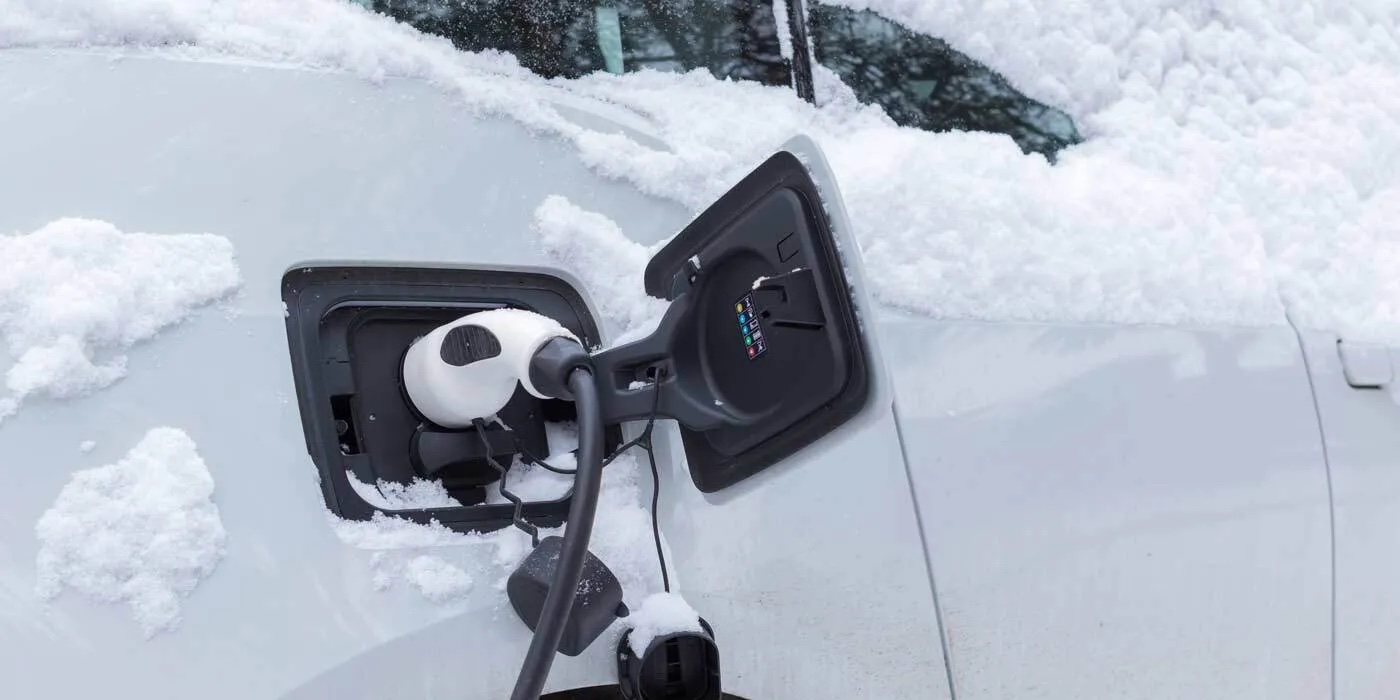The United States Postal Service expects to acquire at least 66,000 battery-electric delivery vehicles as part of its 106,000-vehicle acquisition plan for deliveries between now and 2028. The vehicles purchased as part of this anticipated plan will begin to replace the USPS’s aging delivery fleet of over 220,000 vehicles.
The Postal Service anticipates at least 60,000 Next Generation Delivery Vehicles (NGDV), of which at least 75% (45,000) will be battery-electric. As part of this plan, a total of 21,000 additional commercial off-the-shelf (COTS) vehicles are also expected to be battery-electric, depending on market availability and operational feasibility. The USPS says it also anticipates including internal combustion vehicles necessary to meet immediate vehicle replacement needs.
Unlike the vehicles they are replacing, these vehicles will feature air conditioning and advanced safety technology. For any COTS vehicles purchased, the USPS says it will include a preference for domestic manufacturing.
The announcement is enabled by the Postal Service’s overall network modernization efforts which allow for a more rapid deployment of EVs, and its improving financial condition, which includes $3 billion in congressional funding appropriated under the Inflation Reduction Act (IRA).
The agency has continually assessed its capacity, financial position, and vehicle mix over the past year:
- February 2022: USPS completed its obligations under the National Environmental Policy Act process and issued a Record of Decision to acquire up to 165,000 NGDV, with a commitment for at least 10% BEV. This decision was expressly designed to provide the Postal Service the flexibility to acquire significantly more BEV NGDV should financial and operational circumstances permit.
- March 2022: USPS announced a purchase order of 50,000 NGDV from Oshkosh Defense, including 20% BEVs.
- July 2022: USPS announced its intent to conduct a Supplemental Environmental Impact Statement (EIS) that anticipated increasing the NGDV minimum BEV percentage to at least 50% and supplementing the NGDV order with a purchase of 34,500 COTS, so that the combined purchase would be for at least 40% BEV.
New NGDVs are expected to start servicing postal routes in late 2023.
From the editor: Hot take
This is a big win for the president. Last year the Biden-Harris Administration established a goal for 100% acquisition of zero-emission light-duty vehicles in the federal fleet by 2027 and medium- and heavy-duty vehicles by 2035. The USPS has the largest share of the U.S. government’s civilian fleet, at more than 217,000 vehicles, so this is effectively telling other branches of the federal government “if we can do it, you can too.”
The USPS is investing $3 billion in Inflation Reduction Act funds by spending $1.3 billion for electric delivery vehicles and $1.7 billion for charging infrastructure. Coupled with $6.6 billion in USPS funds, the overall $9.6 billion, 100,000-vehicle modernization plan results in 66,000 electric delivery vehicles and tens of thousands of charging stations through 2028, and a target of acquiring only electric delivery vehicles after 2026.

